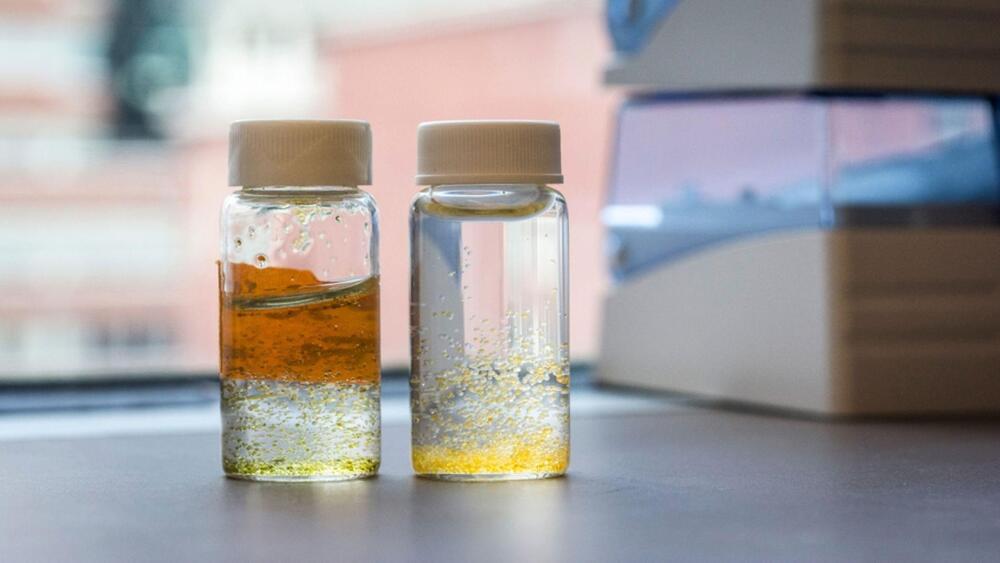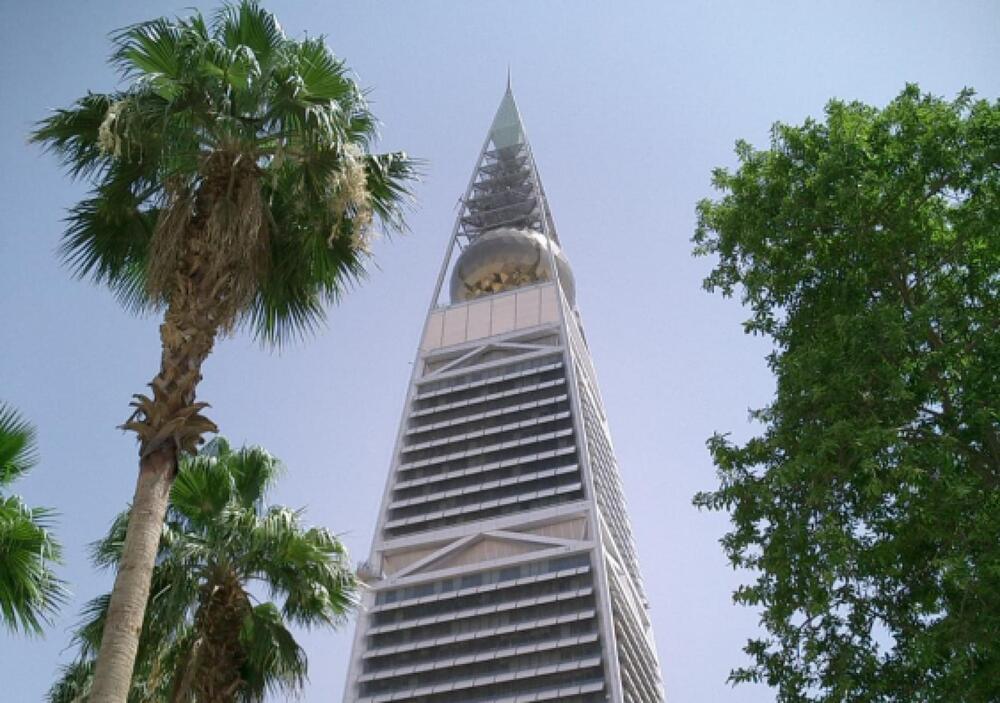The design uses China’s first diamond semiconductor material.


Just like humans, plants also communicate with each other as soon as any danger or attack is detected in their neighbourhood. Scientists know about this phenomenon since the 1980s, having identified at least 80 species who act in their defence in crisis situations. However, it was still shrouded in mystery as to how exactly plants receive such danger signals from their neighbours.
Now, a team of Japanese scientists has not just solved this puzzle but also filmed the communication among plants in an amazing video. In a study published in Nature Communications, molecular biologists at Saitama University in Japan, Yuri Aratani and Takuya Uemura, demonstrated how these plants behave upon detecting danger.
To conduct the experiment, scientists set off caterpillars on leaves cut from tomato plants and a commonly used weed called Arabidopsis thaliana. To better analyse its impact on the neighbouring plant, the compounds were concentrated in a plastic bottle and pumped onto the recipient plant at a constant rate.

Rishi Sunak needs to decide whether he wants to back the UK’s creative industries or gamble everything on an artificial intelligence boom, the chief executive of Getty Images has said.
Craig Peters, who has led the image library since 2019, spoke out amid growing anger from the creative and media sector at the harvesting of their material for “training data” for AI companies. His company is suing a number of AI image generators in the UK and US for copyright infringement.



Summary: Researchers create a transparent graphene-based neural implant offering high-resolution brain activity data from the surface. The implant’s dense array of tiny graphene electrodes enables simultaneous recording of electrical and calcium activity in deep brain layers.
This innovation overcomes previous implant limitations and offers insights for neuroscientific studies. The transparent design allows optical imaging alongside electrical recording, revolutionizing neuroscience research.


Like several scientific discoveries, the researchers stumbled upon this result accidentally while conducting experiments irradiating graphene when they found that irradiated noble gases became trapped between two sheets of graphene, which results in the graphene forming small pockets where the atoms of the gases coalesce into small groups of atoms.
“We used scanning transmission electron microscopy to observe these clusters, and they are really fascinating and a lot of fun to watch,” said Manuel Längle, who is a PhD student at the University of Vienna and lead author of the study. “They rotate, jump, grow and shrink as we image them. Getting the atoms between the layers was the hardest part of the work. Now that we have achieved this, we have a simple system for studying fundamental processes related to material growth and behavior.”

